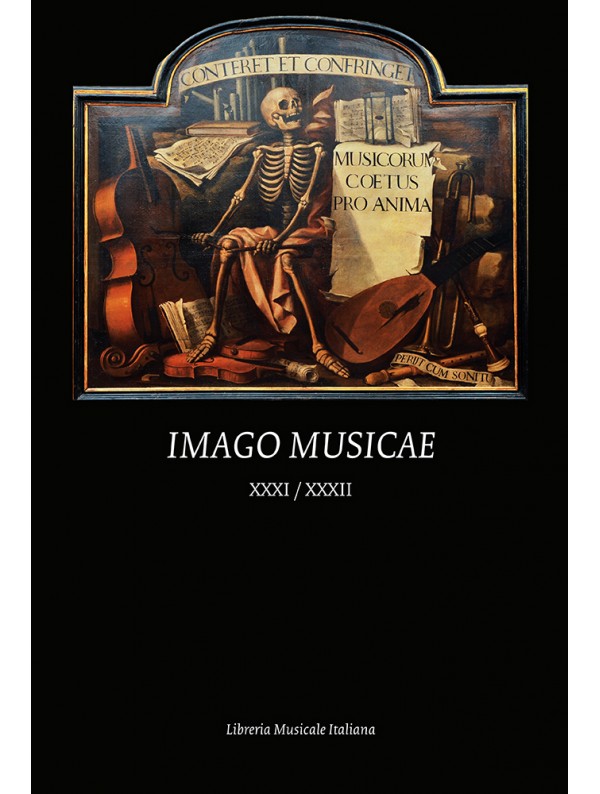Engelsmusik in der nazarenischen Malerei
Abstract
The relationship between music and painting in nineteenth-century Nazarene art has so far been considered peripheral, if not antithetical to the concept of the 'musicalization' of visual arts as treated in current scholarly literature. The present essay will provide a reevaluation of Nazarene music iconography as shaped by the group's reception of music, by discussing depictions of angelic music in works by painters such as Cornelius, Führich, Overbeck, Scheffer von Leonardshoff and Steinle, among others. The Nazarenes believed that music, like the other arts, served a moral and religious purpose, and that, as an embodiment of harmony, it was a reflection of their creed of a unity of art and life. In their depictions of heavenly music in particular, the focus on the act of musical performance and its perception directly relates to their preference for Renaissance and Baroque music. Without subjecting angelic music to a strict Caecilianist doctrine, the Nazarenes conceptualized and fashioned it as 'early music'. Steeped in a highly traditional Christian iconography, the Nazarenes negotiated issues arising from the specific musicalization of their paintings (e. g. the tension between sound and silence) as an intricate part of their artistic realisation of the core ideas of the group's aesthetic program.
https://www.lim.it/it/imago/6152-engelsmusik-in-der-nazarenischen-malerei-9788855430869.html#/1-tipo_prodotto-pdf_lim





